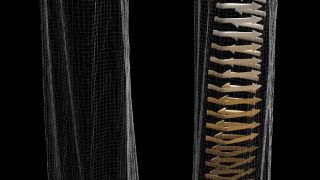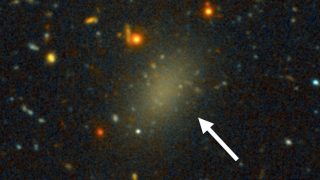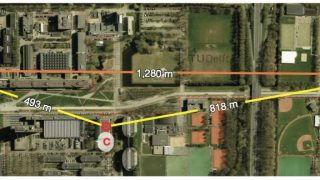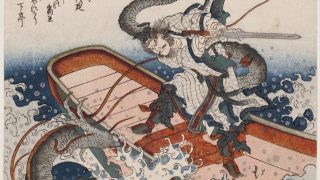
MI weekly selection #199
Humanities & Social Sciences • Science • Technology • Weekly Selection
Acoustic holograms can move objects with 3D sound shapes Acoustic holograms of blocks of 3D-printed plastic can create 3D sound shapes that can move objects without touching them Live Science Circadian rhythm gene linked to breast cancer spread A gene related to circadian rhythm has been linked to the spread of an aggressive form of […]








